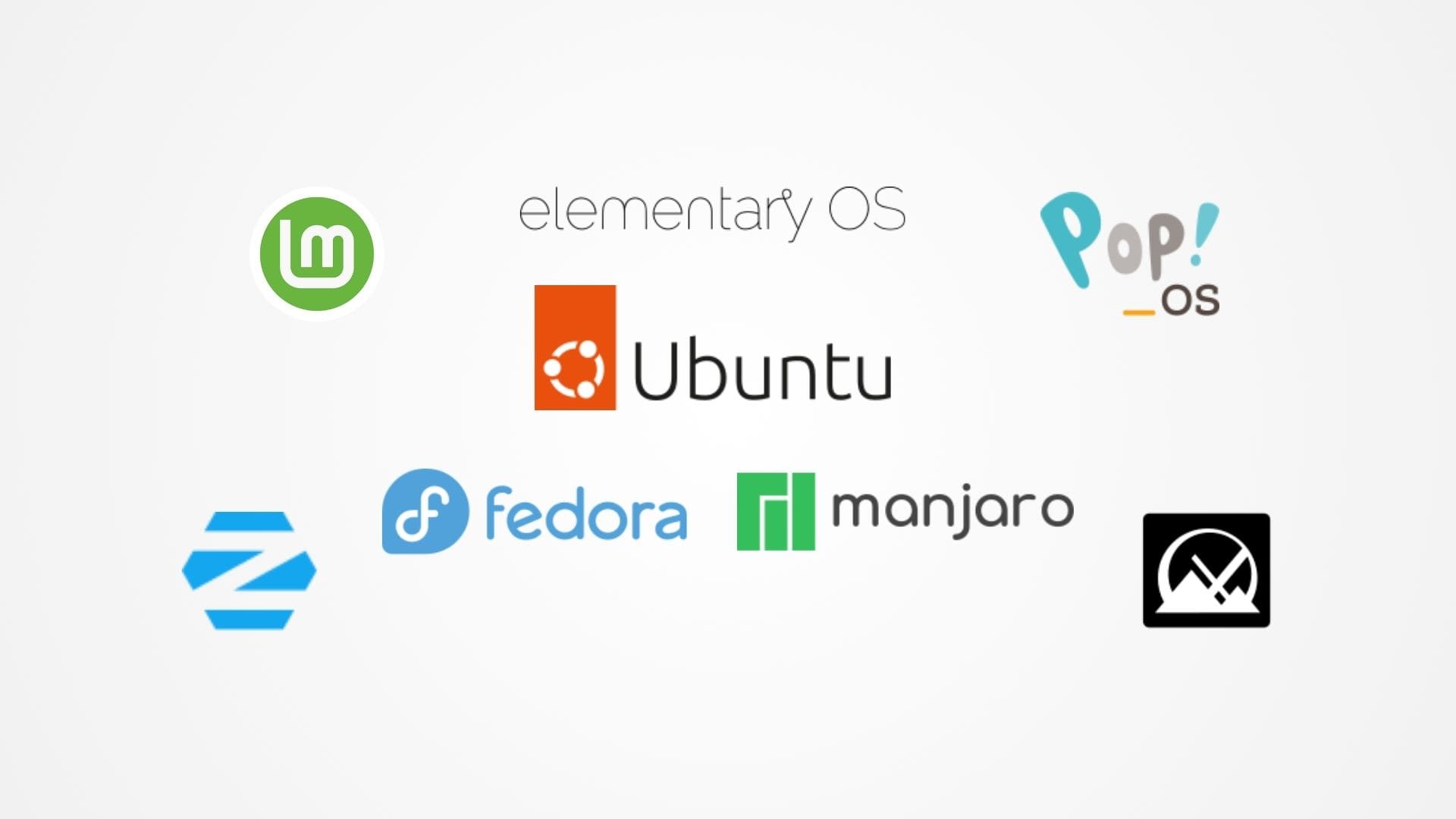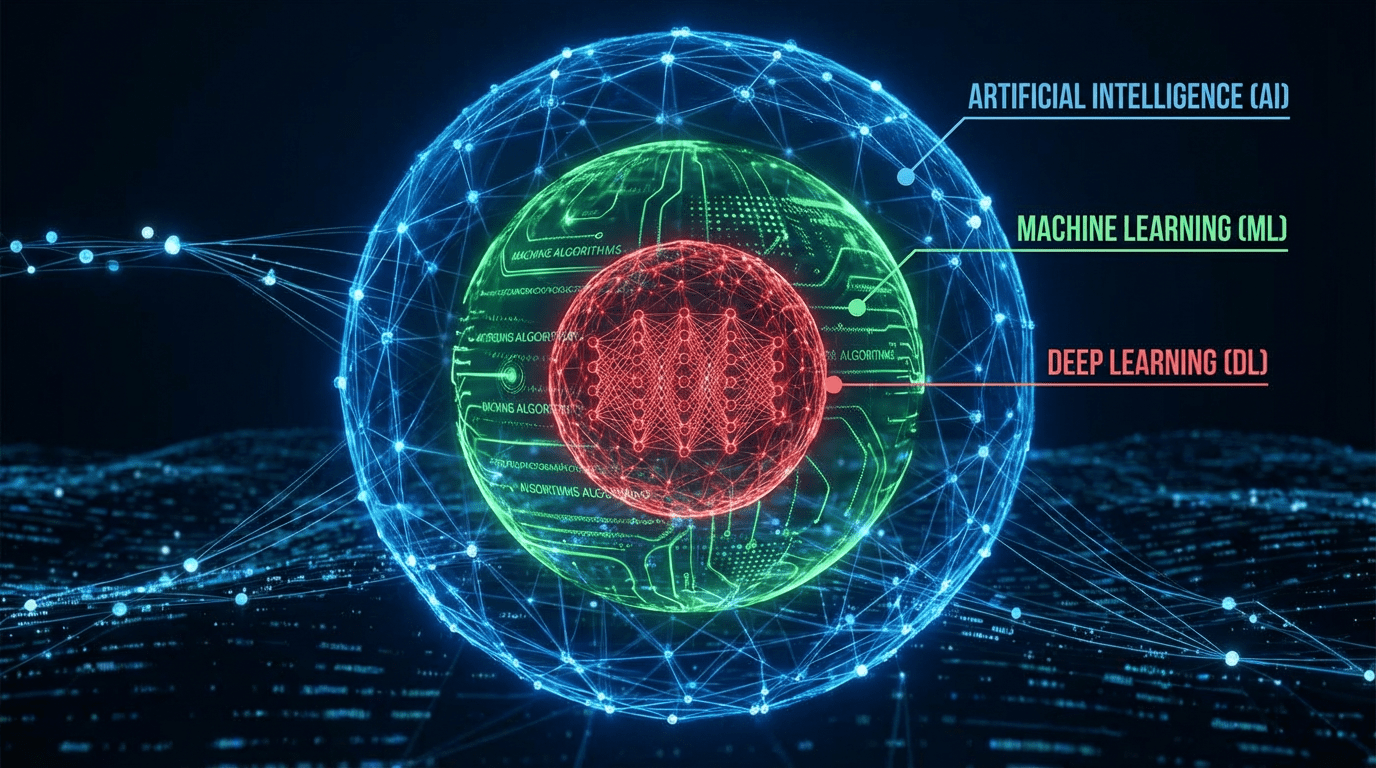Computer engineering, which encompasses the research, design, development, and testing of computer systems and components, is experiencing significant transformations with the adoption of 3D printing technology. This innovative manufacturing process is revolutionizing the way computer hardware is conceived and produced, offering novel solutions to design challenges, reducing time-to-market, and enabling customization at unprecedented levels.
The Emergence of 3D Printing in Computer Engineering
3D printing, also known as additive manufacturing, initially gained prominence for creating detailed prototypes and models. Its application has since expanded to include the production of functional computer hardware components such as casings, cooling systems, and even circuitry. With the ability to produce components layer by layer directly from digital designs, 3D printing is providing computer engineers with new tools to innovate and optimize the performance and functionality of computer systems.

Advantages of 3D Printing in Computer Engineering
Design Flexibility: 3D printing allows engineers to experiment with complex designs and structures that would be difficult or impossible to achieve with traditional manufacturing methods. This capability is crucial for developing more efficient and compact computer systems.
Rapid Prototyping: The technology enables rapid prototyping of hardware components, significantly speeding up the iterative design process. Engineers can quickly produce and test prototypes, making swift adjustments based on performance and feedback, which dramatically accelerates the development cycle.
Cost Reduction: 3D printing reduces the need for costly tooling and machining, lowering the barriers to entry for hardware startups and facilitating small-scale production runs. This is particularly beneficial for custom or niche market products.
Enhanced Thermal Management: Computer systems often require efficient thermal management solutions to maintain optimal performance. 3D printing enables the creation of complex cooling structures within components such as processors and power units, improving heat dissipation and system reliability.
Key Applications of 3D Printing in Computer Engineering
Component Casings and Chassis: 3D printing is used to create customized casings and chassis for computer systems, allowing for designs that optimize space and enhance aesthetics without compromising functionality.
Custom Circuit Boards: Advances in 3D printing technologies have made it possible to print circuit boards with conductive and insulating materials in a single process. This integration simplifies the production of multi-layer circuits and enables the creation of more complex electronic designs.
Prototyping of Input Devices: Engineers use 3D printing to develop prototypes of input devices such as keyboards, mice, and game controllers. This allows for ergonomic designs tailored to user preferences and needs.
Cooling Systems: Innovative cooling solutions for high-performance computing systems, including bespoke heat sinks and cooling channels, can be directly printed. These systems are often integral to optimizing the performance and longevity of computer hardware.

Challenges in 3D Printing for Computer Engineering
Despite its many benefits, the integration of 3D printing into computer engineering faces several challenges:
Material Limitations: The range of materials suitable for 3D printing electronic components is still evolving. Finding materials that can provide the necessary durability, conductivity, and heat resistance is crucial for the production of reliable computer hardware.
Precision and Reliability: Ensuring high precision and reliability in printed components is essential, especially for high-stakes applications such as servers and networking devices. The tolerances and material properties must meet stringent industry standards.
Scalability: While 3D printing is excellent for prototyping and small production runs, scaling it up for mass production remains a challenge. The speed and cost of 3D printing large quantities of hardware components can be prohibitive compared to traditional manufacturing techniques.
Future Directions in 3D Printing for Computer Engineering
The future of 3D printing in computer engineering is promising, with ongoing research and development poised to overcome current limitations. Innovations in printable materials and enhancements in printing technologies are expected to broaden the applications of 3D printing in this field. Furthermore, as the Internet of Things (IoT) and wearable technologies continue to grow, 3D printing will likely play a crucial role in developing these technologies by providing flexible manufacturing solutions for the electronics they require.
3D printing is set to revolutionize computer engineering by offering enhanced capabilities for designing and manufacturing advanced computer components and systems. As the technology continues to evolve, it promises to enable new levels of innovation and efficiency in the design, prototyping, and production of computer hardware. Embracing 3D printing in computer engineering not only streamlines production processes but also fosters creativity and technological advancement in the field.








